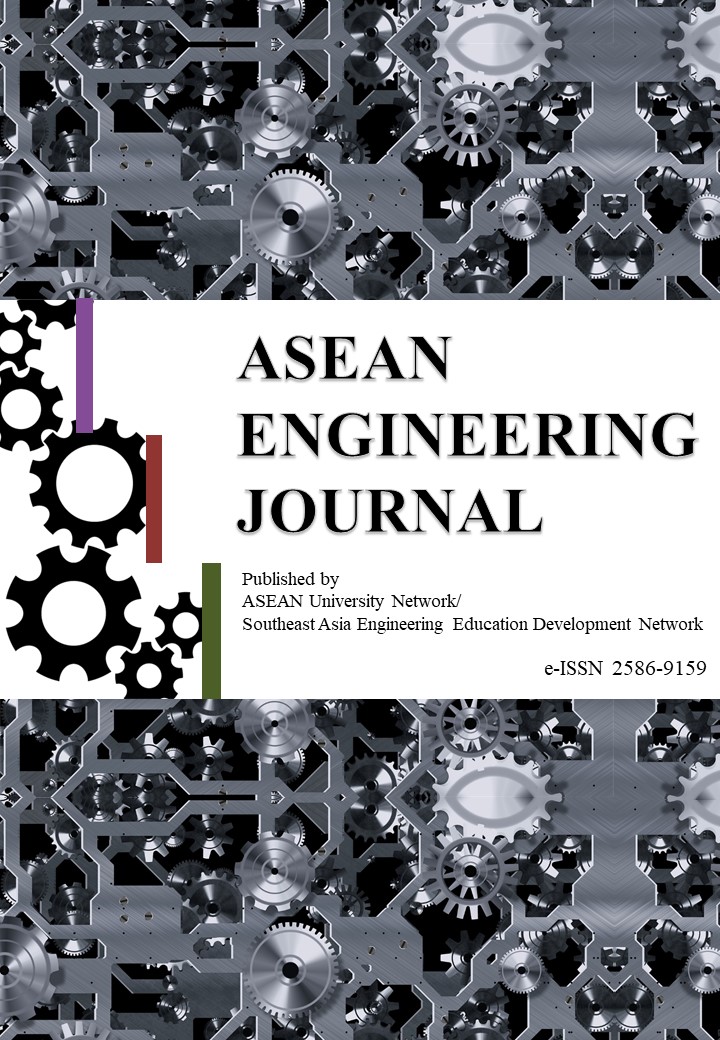PULSED ELECTRIC FIELD FOR PASTEURIZATION OF FRESH SUGARCANE JUICE
DOI:
https://doi.org/10.11113/aej.v8.15496Abstract
Pasteurization methods using pulsed electric fields (PEFs) have proved efficient at non-thermal inactivation of microorganisms and pathogens. The methods usually use a series of high intensity, narrow band electric fields that pass through target mediums where they induce irreversible damage to cellular membranes leading to the death of microorganisms by internal content loss breakage of cell homeostasis and other effects. This research proposed a simple, lab-scale PEF pasteurization equipment that uses common output electric voltages (220V and 110V, which provide electric power of 5.5 and 2.75 kV/m, respectively) with a simple designed Human-Machine Interface control. At a voltage of 110V, the equipment was tested with non-sterilized Czapek medium which showed more than 1.42-log reduction in the microbial density at 30s of the treatment and temperature below 60 o C. A test on suspended E. coli in modified Czapek medium also indicated an inactivation of most of bacterial cells after 40s of the treatment. We then applied the equipment to pasteurize fresh sugarcane juice and, as a result, the content of native microorganisms in sugarcane juice was reduced 1.2-log cycle, compared to that of original juice before the treatment.
















